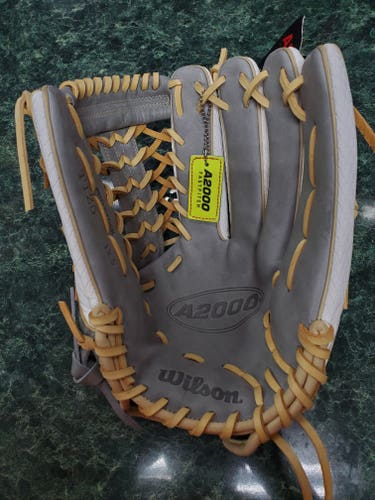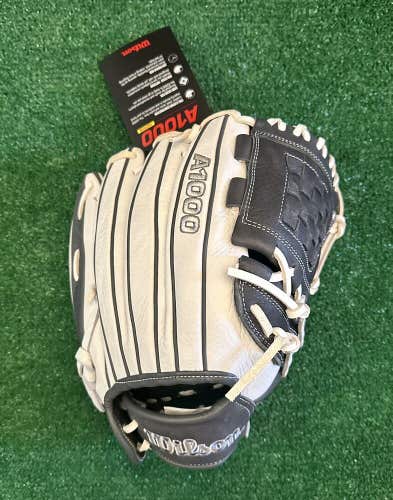Baseball Gloves & Mitts
Popular Baseball Gloves & Mitts
See more Popular Baseball Gloves & Mitts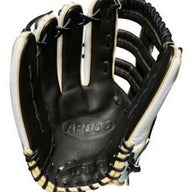
Wilson A2000
83 Available
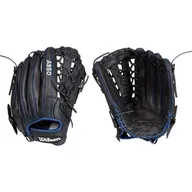
Wilson A950
16 Available

Wilson A2000
1019 Available
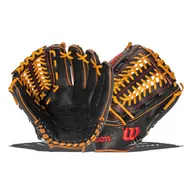
Wilson A2K
230 Available
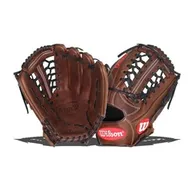
Wilson A1000
90 Available

Wilson Staff
36 Available

Wilson A700
26 Available

Wilson A2000 B2
20 Available
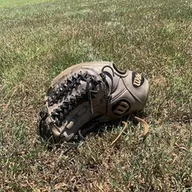
Wilson A2000 D33
6 Available
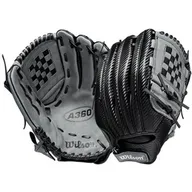
Wilson A360
75 Available
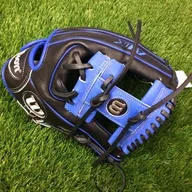
Wilson A1k
9 Available

Wilson A350
11 Available
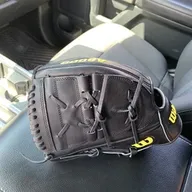
Wilson CK22
3 Available

Wilson A2000 ASO
2 Available

Wilson A2452
5 Available
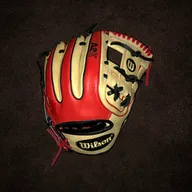
Wilson A2K Datdude
9 Available

Wilson Onyx
3 Available
Trending Baseball Gloves
See more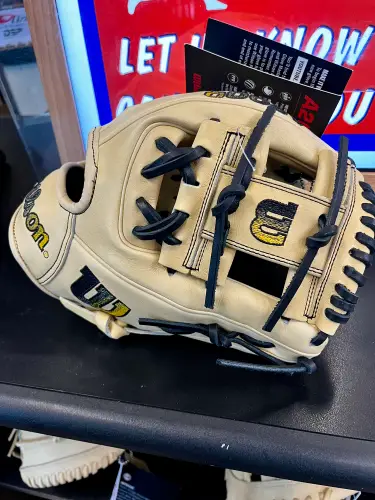
ProtechProducts
NEW/BLEMMED 2023 Wilson A2000 1786 11.5" Infield Glove RHT WBW100969115 ►2-DAY SHIP◄
$180
Retail price: $300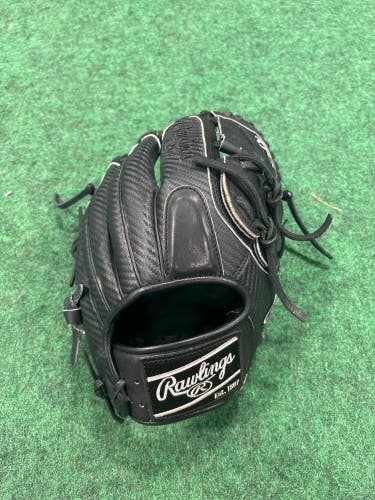
NE_Resellah
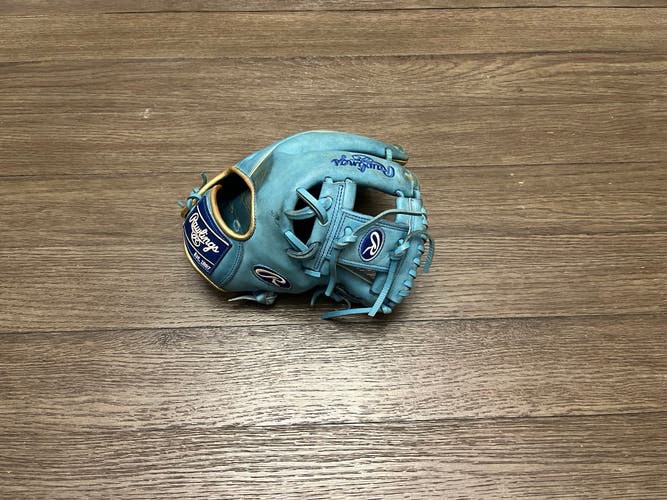
Clubhousegloves
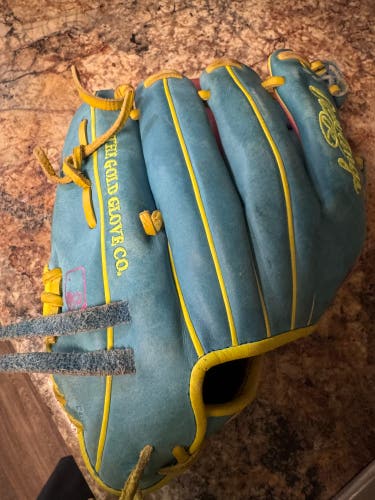
Brody_3rdbase

StormBreaker213
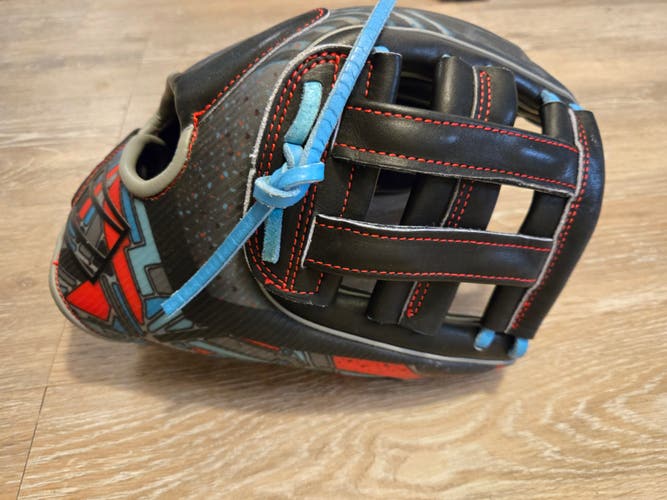
Bries17

Clubhousegloves
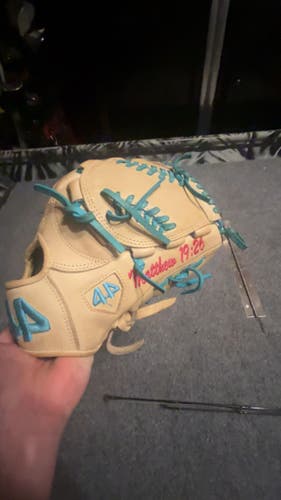
aidenzalonis
2024 44 Pro Right Hand Throw Pitcher's Signature Series Baseball Glove 11.75" (Used)
$185
Retail price: $250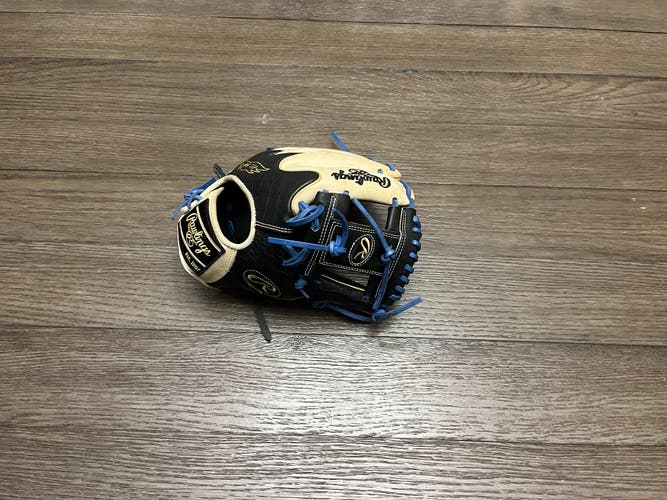
Clubhousegloves
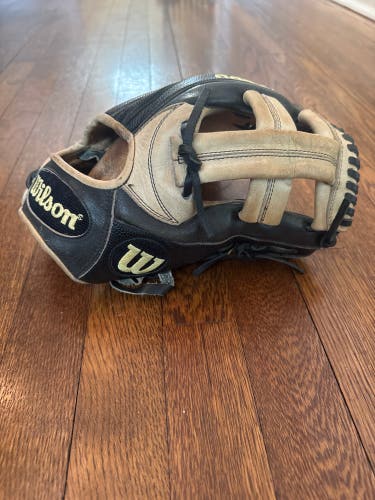
mbonagura23
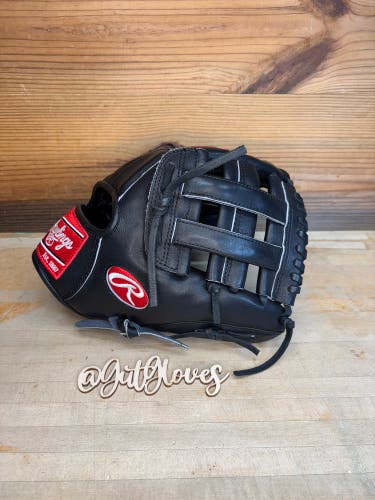
GutGloves
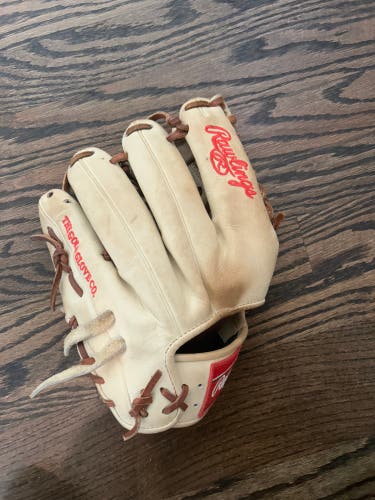
Drewwoodcox
177 Results

reos
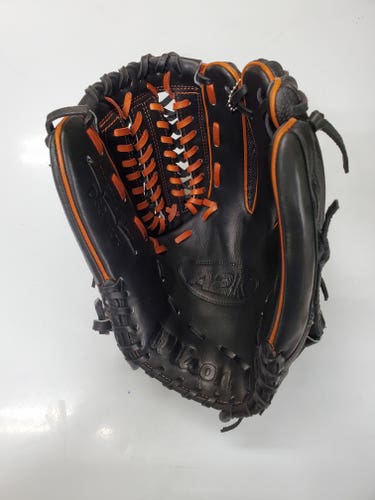
BatsAndGloves
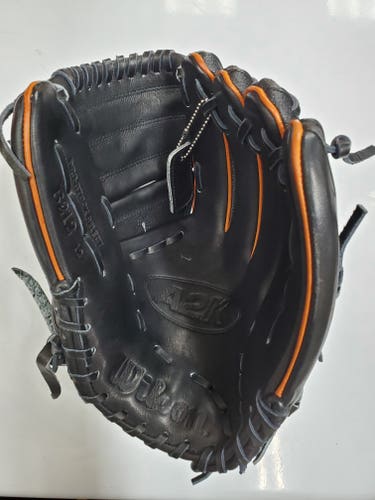
BatsAndGloves
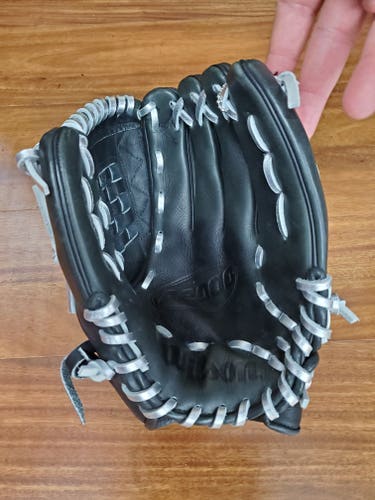
BatsAndGloves
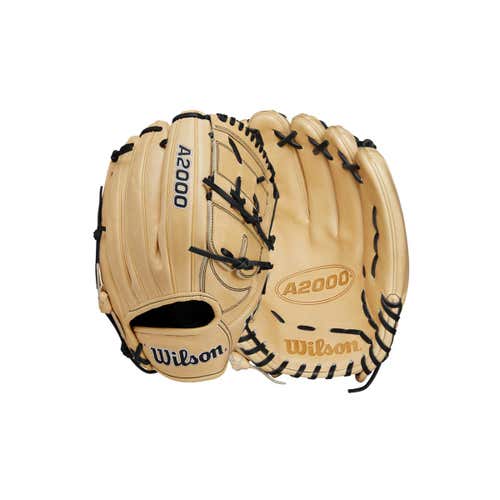
BatsAndGloves

ldstuck
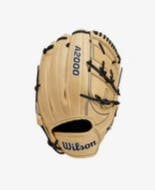
shanebardwell5
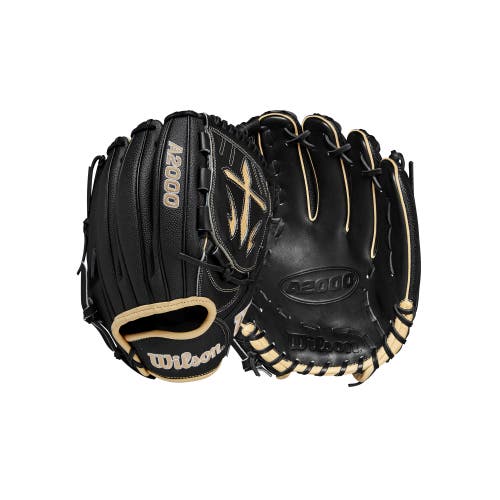
BatsAndGloves

SamOestreicher
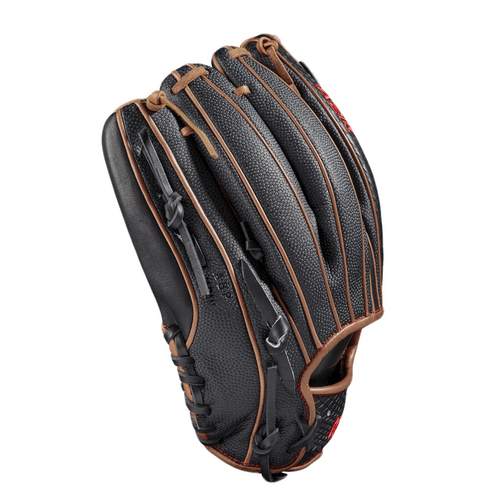
BatsAndGloves
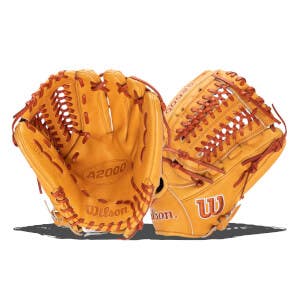
BatsAndGloves
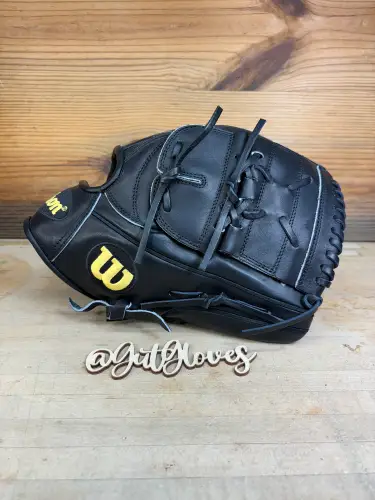
GutGloves

Clubhousegloves

Dsenger

Dsenger
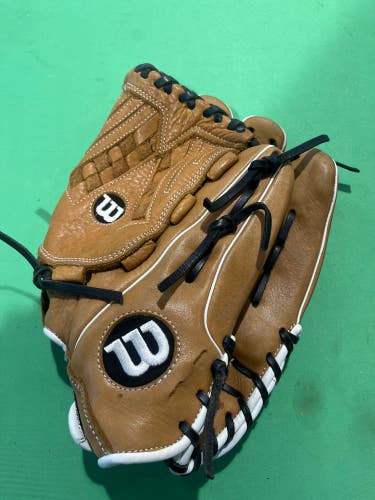
GrittySport
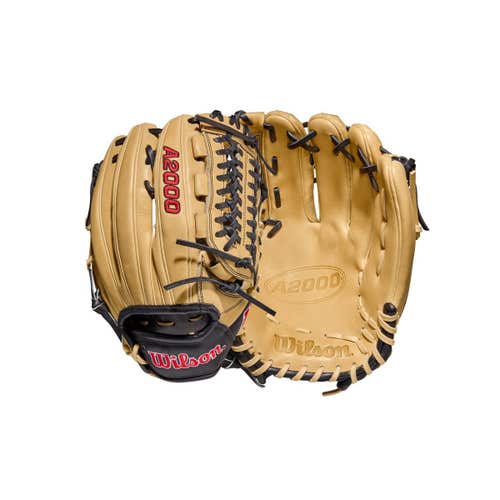
BatsAndGloves
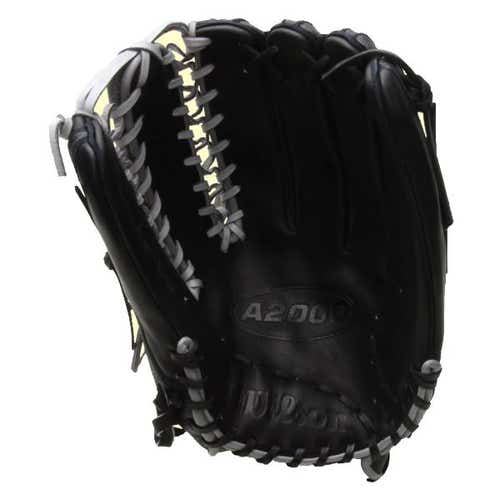
BatsAndGloves
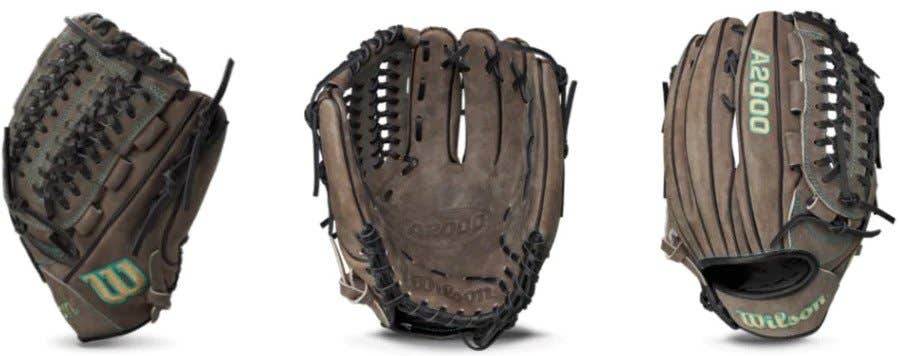
BatsAndGloves

Sprink

Clubhousegloves

Clubhousegloves
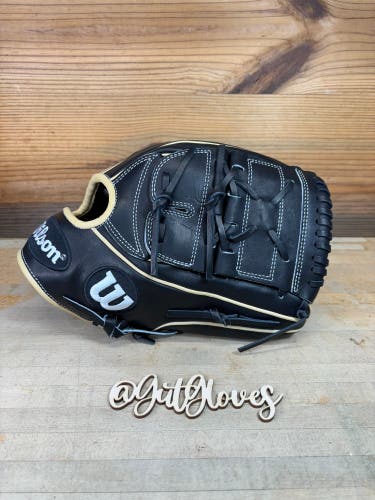
GutGloves
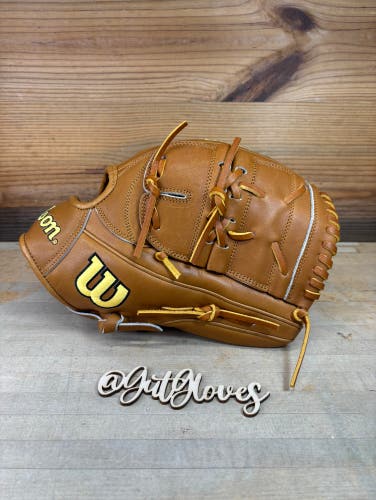
GutGloves
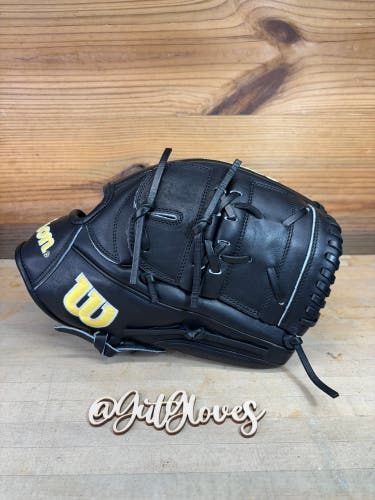
GutGloves

Chance1666

Amitystringing

TyedGloveRepair
Related Searches
Glove Position
Category
Brand
Wilson Baseball Gloves & MittsRawlings Baseball Gloves & MittsMizuno Baseball Gloves & MittsEaston Baseball Gloves & MittsOther Baseball Gloves & MittsLouisville Slugger Baseball Gloves & MittsMarucci Baseball Gloves & MittsNike Baseball Gloves & MittsUnder Armour Baseball Gloves & MittsFranklin Baseball Gloves & Mitts44 Pro Baseball Gloves & MittsSSK Baseball Gloves & MittsAdidas Baseball Gloves & MittsWorth Baseball Gloves & Mitts
Size
12" Baseball Gloves & Mitts11.75" Baseball Gloves & Mitts11.5" Baseball Gloves & Mitts11" Baseball Gloves & Mitts12.5" Baseball Gloves & Mitts12.75" Baseball Gloves & Mitts13" Baseball Gloves & Mitts12.25" Baseball Gloves & MittsUnknown Baseball Gloves & Mitts10" Baseball Gloves & Mitts11.25" Baseball Gloves & Mitts
